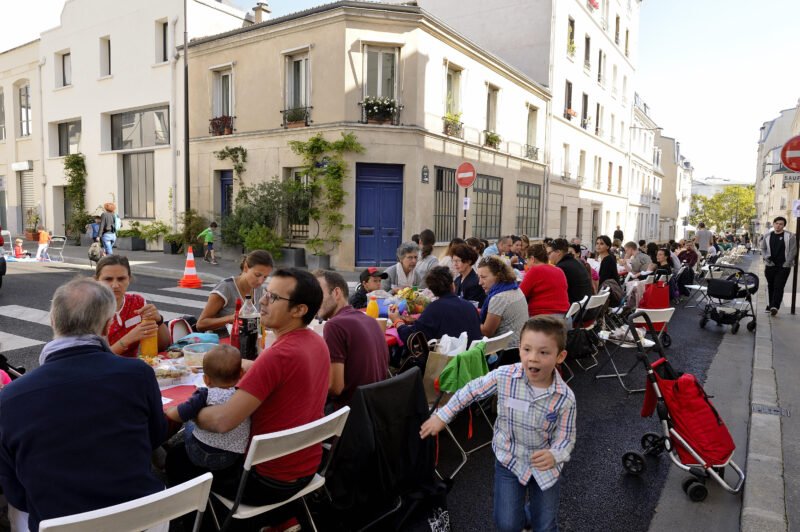Cellophane Graffiti: Drawing On A Changing Wall

Last week we mentioned this Sealing the City project by Cedric Bernadotte. I don’t know whether this is a coincidence or not, but some days ago I stumbled upon an article on PSFK reporting about a new graffiti project that doesn’t demolish the city’s walls and buildings by using removeable sealing foil as a graffiti canvas.
“In 2006, Kanos and Reci Xelecce (Cellograff) created the Poetically Correct crew and came together with the goal of adding artwork to the streets of Paris without vandalizing or compromising the existing landscape in any way. To accomplish this, they wrapped layers of clear cellophane around various pieces of street furniture to provide a temporary canvas.”
The discussion put forward here is an old one: is graffiti art or vandalism? The term street art looks to win here. It’s less associated with vandalism, more subtile and often compelling to a large group of people.

I think this project is exemplary for the way graffiti has become more and more sophisticated, probably even institutionalized. Graffiti is no longer an edgy, raw and underground discipline as it used to be in the past. Now it has merged with the broader discipline of street art. This sealing foil project is in between both disciplines. It combines the old way graffiti style with the new creative approach of street art, making an argument about art and about the public environment.
It’s the power of the Internet and, more precisely, the power of social network sites like Flickr and YouTube, that makes street art more relevant compared to good old graffiti. The real platform for street artists and graffiti painters is no longer the walls in a city, but the movies and pictures of the projects that are travelling over the Internet. Not only passers-by, but the whole world is able to take notice of the artwork. A lot of people who have never been to London know the work of Banksy, which, basically, makes Banksy an Internet artist using the streets instead of a street artist using the internet. Blogs such as Wooster Collective report about nice creations and interventions in urban space on a daily basis. The audience has changed from local commuters and members of other crews, to a large group of like-minded people spread across the world.
This rescaling of audience and platform has changed the requirements for a good street art project. The projects themselves don’t have to be big or lasting forever. The pictures and movies perpetuate the artworks, and as long as they’re good looking, remarkable and creative, people are willing to look at them. One point that I’d like to make is that the disciplines of graffiti and street art are changing canvas, from a physical to a digital.. This project is somewhere in between, but finally meant to get listed on the Internet.



